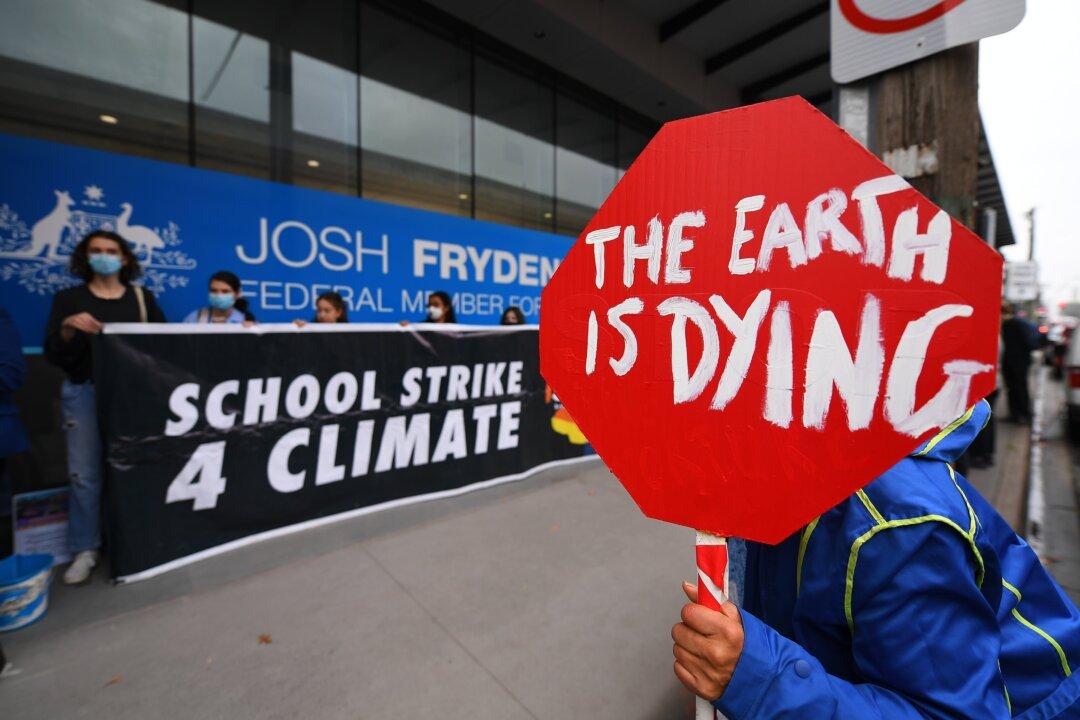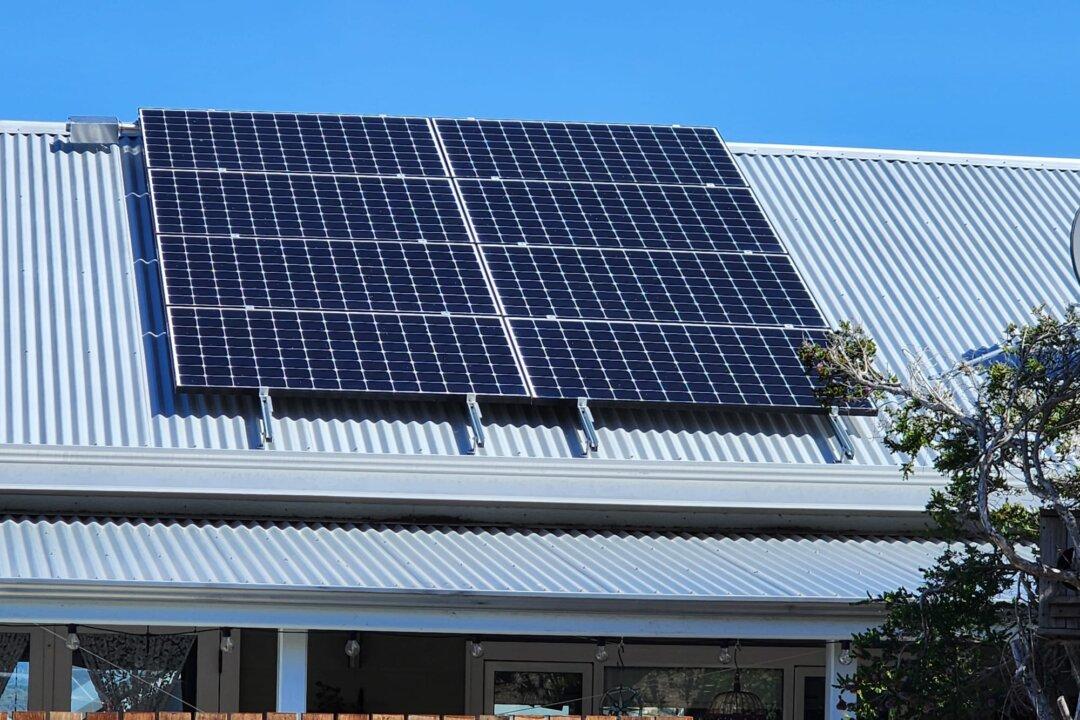Commentary
In a revealing news article, the ABC indicated that, according to its Vote Compass data, Australians have nominated “climate change” as the most pressing issue of our time. Specifically, the article claims that “many are seeking answers on what policies each party has for one of the most pressing issues of our time.”





